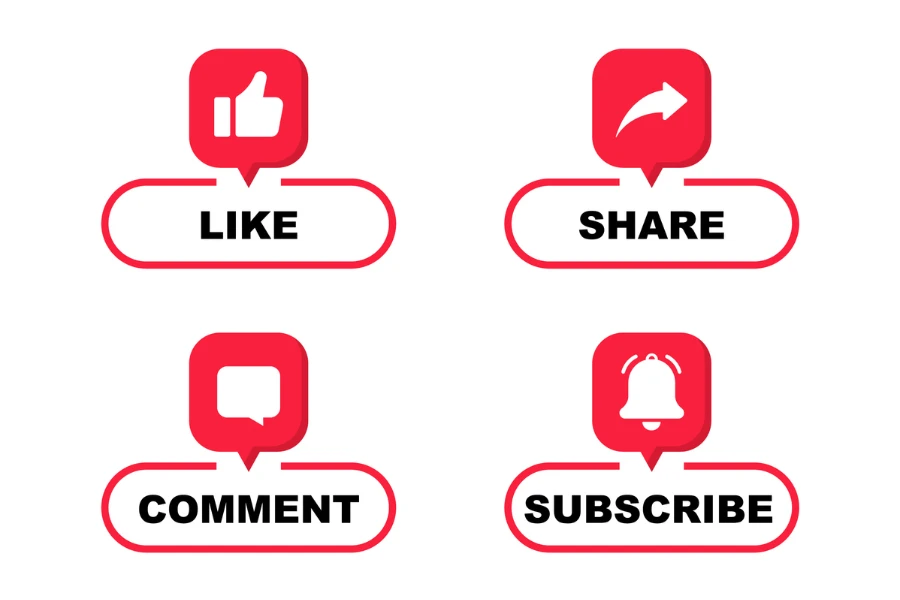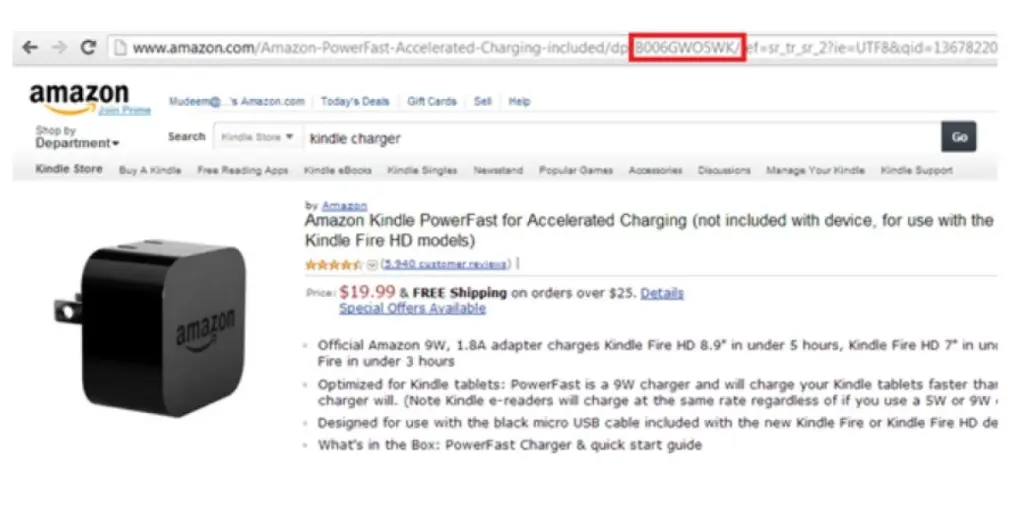Blogging is more than just crafting words and sharing ideas; it’s about building connections, sparking discussions, and creating a vibrant online community. So, your blog’s success isn’t solely measured by traffic numbers but by the level of engagement it generates. After all, what’s the value of a blog if it doesn’t resonate with its readers, prompt them to interact, and encourage them to return for more?
In the digital landscape, where attention spans are short, and competition is fierce, capturing and retaining your audience’s interest is a challenging yet essential endeavor. Here, we discuss what blog engagement is and how it impacts your website ranking, and we offer easy-to-implement ways to increase blog engagement.
Table of Contents
What is blog engagement?
Why is blog engagement important for SEO?
Why is engagement more important than new traffic?
Where to find analytics on your blog
6 ways to increase blog engagement
Conclusion
What is blog engagement?
When we refer to engagement on a blog, we are talking about the level of interaction and involvement readers have with the blog content and its community. Engagement includes several factors such as comments, likes, and shares but also comprises other metrics related to bog performance such as time on page and bounce rate.
Overall, engagement indicates how well your blog connects with your audience and how effectively it holds their attention. Engagement is critical because it can lead to increased traffic, improved search engine rankings, a more loyal readership, and better business outcomes.
Blogs that foster engagement through valuable, informative, and interactive content tend to be more successful in achieving their goals, whether building brand awareness, generating leads, or driving sales.

Why is blog engagement important for SEO?
Search engines aim to reward websites that provide valuable and engaging content, and engagement is a clear indicator that the audience is interacting with the blog.
Why is engagement more important than new traffic?
You might think that new traffic and a larger number of unique visitors to your website is good. While this isn’t technically wrong, this is not the entire picture. You can think of blog engagement versus new traffic like you would customer retention; it’s easier (and cheaper) to retain existing customers than gain new ones.
An additional factor is SEO. Engagement positively impacts SEO, which increases the likelihood of new readers visiting your blog, but the inverse is also true. If readers are landing on your website and aren’t engaged, this could negatively impact SEO and your website ranking. Metrics such as time spent on the page and bounce rate signal to Google that people aren’t interested in your content, which impacts the ranking.
Where to find analytics on your blog

There is an analytics section on your blogging platform that will provide you with some basic information about how many people have viewed your blogs and how long they were on your page. Sometimes they may also show top pages and some information about your viewers like where they are located. For more comprehensive analytics, we suggest using Google Analytics.
So, now that you understand a little more about engagement, let’s talk about how you can increase engagement on your business blog.
6 ways to increase blog engagement
#1 – Create high-quality content

The most important way to get people engaged with your blog is to create quality content that is going to appeal to your audience. Craft well-researched, informative, and engaging content that provides value to your readers. Note that a big part of what quality means is ensuring that your content satisfies the search intent, which means answering the specific question the reader was searching for.
Use a friendly and approachable writing style to connect with your readers on a personal level. Weave storytelling into your content to make it more relatable and emotionally engaging. You can even share personal anecdotes or stories that connect with your message.
Additionally, encourage reader engagement by asking questions to prompt readers to share their thoughts or experiences to foster discussions.
Want to learn more about writing quality blog content that boosts sales? Check out this blog.
#2 – Be consistent

A consistent blogging schedule increases the number of indexed pages on your website and encourages interested and engaged readers to return to your website, especially if you are publishing high-quality content.
How many blogs should you post per month?
The frequency of blog posting for businesses can vary based on several factors, including the industry, the resources available, and the specific goals of the blog.
Renowned digital marketer Neil Patel suggests that, for new blogs, posting 2-3 times a week is a good starting point. However, Orbit Media’s annual blogging survey revealed that the average blog post length has increased over the years, and many bloggers spend several hours on a single post. This might impact the posting frequency, as more in-depth, high-quality content may take longer to create and quality is always more important than quantity.
You may need to do some experimenting to see what publishing schedule works best for you.
If you’re stuck on what to write about, check out this blog on how to generate new blog ideas.
#3 – Use effective CTAs

Calls-to-action (CTAs) tell readers what to do next after reading your blog. Effective CTAs increase engagement by ensuring that your readers stay on your website.
Here are some CTA ideas to maintain reader engagement:
- Subscribe to the newsletter: Encourage readers to subscribe to your blog’s newsletter for regular updates and exclusive content. Subscribers are more likely to remain engaged, and you can share new and relevant content through email marketing.
- Read related posts: Suggest articles or posts that readers might find interesting. This keeps them on your blog longer and encourages exploration.
- Comment and share: Prompt readers to leave comments and share their thoughts on the article. Encourage them to share the post on social media to extend its reach (note: you can make this easy with plug-ins that allow sharing directly from the blog).
- Download a resource: Offer downloadable resources, such as ebooks, whitepapers, or templates, in exchange for email sign-ups. This helps build your email list and keeps readers engaged with your content.
- Offer discounts or coupons: If your blog is associated with a product or service, give readers discounts or coupons to encourage purchases.
- Receive notifications: Allow readers to opt-in for browser notifications to receive instant updates about new blog posts or important announcements.
Remember to use CTAs relevant to your content and readers’ interests. Additionally, A/B testing different CTAs can help you identify the most effective way to keep readers engaged with your blog.
#4 – Respond to comments

Responding to comments is a good way to engage with your readers and foster a sense of community. It shows that you value their input and are interested in their thoughts and opinions, and thoughtful and informative responses to comments can showcase your expertise in your blog’s niche. It also allows you to answer the reader’s questions or correct misunderstandings.
When readers see that you respond to comments, they may be inclined to leave their own, leading to more discussions, insights, and engagement on your blog.
Additionally, comments can improve SEO by adding fresh content to your blog post, and search engines recognize that active discussions on a blog post are a sign of valuable content.
#5 – Make content easy to read and use visuals

These days, readers tend to have short attention spans, so it’s critical to ensure your blog is easy to read to keep readers engaged and on the page. According to Hubspot, 73% of readers admit to skimming blog posts. And according to Site Meter stats, the average reader spends 96 seconds reading the average blog.
Tips to make a blog easily skimmable:
- Use clear headings and subheadings: Break your content into sections with descriptive subheadings to help readers quickly identify the topics they’re interested in.
- Bullet points and numbered lists: Use bullet points and numbered lists to present information concisely and in a scannable format. Additionally, lists make it easy for readers to grasp key points.
- Short Paragraphs: Keep paragraphs short and focused. Long blocks of text can be intimidating, so aim for 2-3 sentences per paragraph.
- Bold and italic text: Emphasize important words or phrases using bold or italic text. However, be selective and avoid overusing these styles.
- Block quotes: Use block quotes to highlight key insights or quotes from experts.
- Clickable table of contents: Include a clickable table of contents at the beginning of long articles to allow readers to jump to the sections that interest them the most.
- Summary or TL;DR section: Consider adding a “Summary” or “Too Long; Didn’t Read” section at the beginning, offering a concise overview of the main points.
- Mobile optimization: Ensure your blog is mobile-responsive, making it easy to read on various devices.
- Consistent formatting: Maintain a consistent formatting style throughout your blog. Consistency makes your content predictable and user-friendly.
In addition to making a blog easy to read, it’s crucial to complement the text with visuals or other interactive content. Articles with images get 94% more views than those with no visuals. Always include images, but wherever possible, include videos, infographics, graphs, etc.
#6 – Improve internal links
Internal links can be part of a quality CTA strategy; however, they should also be included in other areas of your blog. As we mentioned, blogs should be concise and easy to read, so using internal links to other blogs is a great way to elaborate on content and encourage readers to stay on your site.
Internal links aren’t simply links to other blogs; you can also link to relevant product pages, FAQs, and contact pages.
How do internal links improve SEO?
- Improved crawling and indexing: Internal links help search engine bots discover and index your content more efficiently.
- Keyword optimization: When you use keyword-rich anchor text in internal links, it reinforces the relevance of your content for specific keywords to help improve your blog’s search engine ranking.
- Enhanced authority flow: Internal links distribute authority and link equity across your blog. When you link from high-authority pages to other pages, it passes on SEO value, strengthening the overall authority of your blog.
- Thematic relevance: By connecting related content through internal links, you signal to search engines the thematic relevance of your blog.
- Improved click-through rates (CTR): Internal links can also influence click-through rates within your site. Relevant internal links encourage readers to click through to other articles, which can lead to higher CTR on your blog.
Conclusion
Blog engagement is not a mere statistic, it’s a testament to your blog’s ability to connect with its audience, captivate their interest, and maintain their attention, which is why it’s so crucial.
Now that you have a more in-depth understanding of how to boost engagement, it’s time to review and make changes to existing blogs and implement these strategies when it comes to new blogs.







